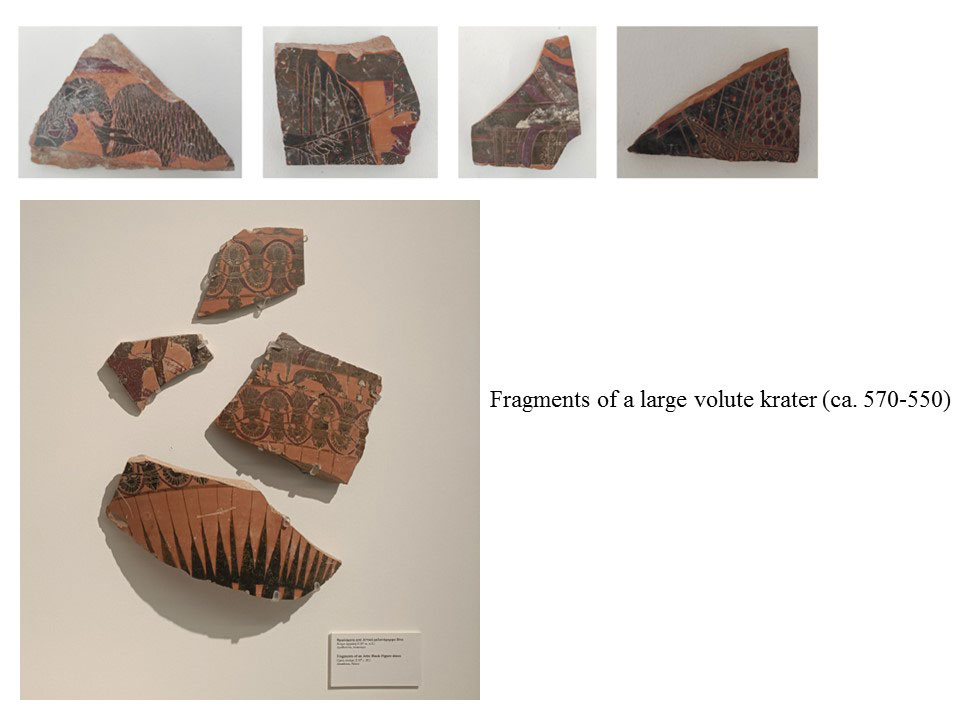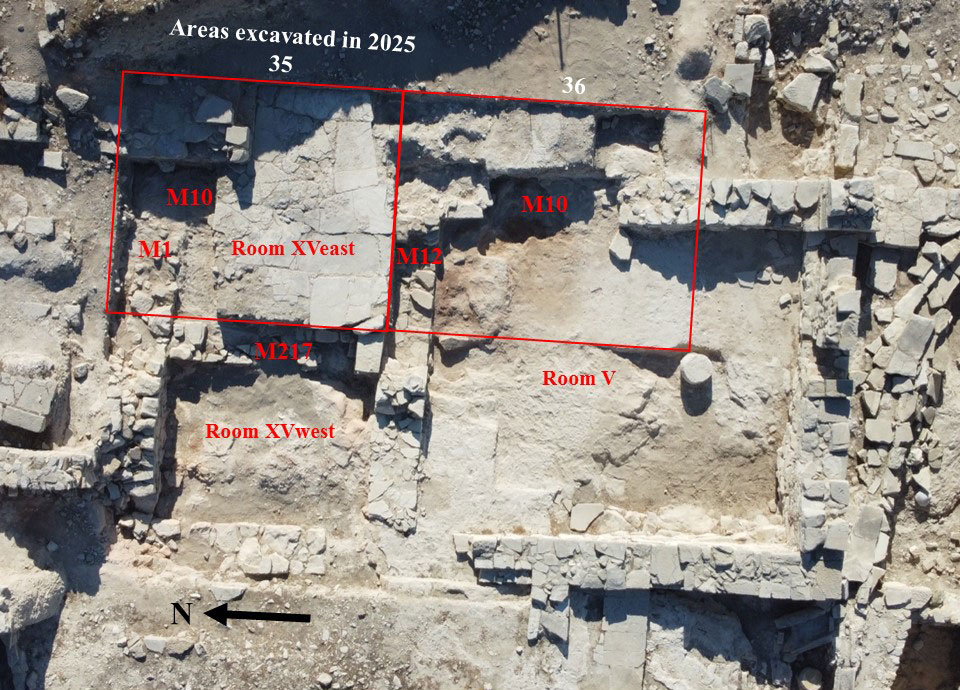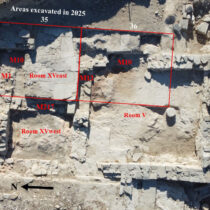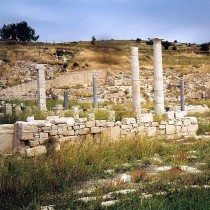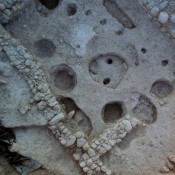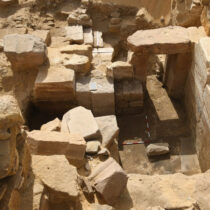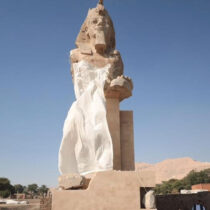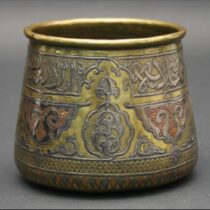The Department of Antiquities of the Deputy Ministry of Culture announces the excavation campaign at the Amathus Palace took place from June 16 to July 4, 2025, under the direction of Thierry Petit, Professor at Laval University (Quebec City), and Jean-François Guay, Member of the French School of Athens. The objective of this campaign was to reveal the northeast corners of two rooms that constitute the first monumental phase of the Amathus Palace. Two new areas were therefore opened: zone 35 and zone 36 respectively (fig. 1). In zone 35a limestone paving was unearthed, that covers a large area. The footprint of the slabs on the ground left sufficient space to the north to verify the existence of the supposed junction of the northern room (fig. 1: Room XV east). The excavation was therefore pushed to the rock at this location. Although the walls forming the corner of the room had been ripped down to the rock, the rock itself had been carefully cut away to form the floor of the room, thus revealing the original position of the walls (fig. 1: M1+M10). In area 36, although they had also been partly robbed down to the rock, the two walls that formed the northeast corner of the southern room (fig. 1: Room V) were preserved on several courses (fig. 1: M12+M10). The 2025 campaign thus revealed the complete plan of the first phase of ceremonial gallery of the palace, dated to the end of the 9th century BC, and its annex, making it the oldest Iron Age palace in Cyprus.
The study campaign took place from June 16 to July 18, 2025. It was supervised by Antigone Marangou, Professor at the University of Rennes 2, and Thierry Petit. The study of artifacts unearthed during previous campaigns focused in particular on Attic black-figure and red-figure pottery. Louise Detrez, Curator at the Cabinet des Médailles of the Bibliothèque nationale de France, was able to establish that this pottery covers the period from 570-550 to the middle of the 4th century BC. The study showed that this is the most important collection of this nature currently known on the island, especially the oldest of these vases, a large volute krater that would have nothing to envy from the most famous of its counterparts, such as the François Vase (fig. 2). Other studies have been carried out concerning different materials: amphora ceramics (A. Marangou), architecture, stratigraphy, unfigured Attic black glazed pottery, Hellenistic slip pottery and terra sigillata (Th. Petit), pedology, anthracology and carpology (Maria Roussou, postdoctoral researcher at the Malcolm H. Wiener laboratory – American School of Classical Studies in Athens – and associate researcher at UMR 7209 BioArch, MNHN, CNRS, Paris), textile crafts (Lise Lévêque, doctoral student at the University of Rennes 2).
